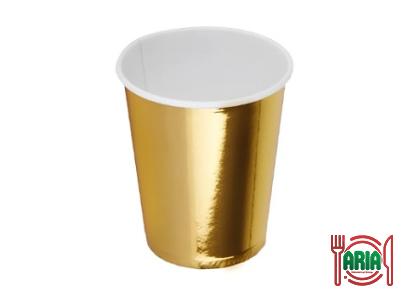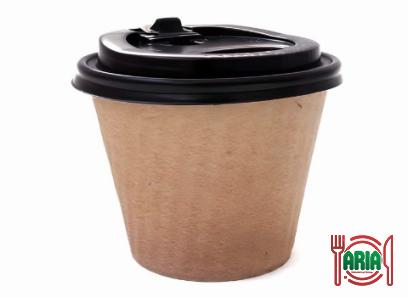Do not replace the handle of your knife which is made of plastic when they are comfortable to use and hold.
How to determine which type of knife handle material is best for you
The material used for the handle of the knife, specifically the handle of the chef’s knife
The type of material that is used to make the handle of a knife plays a significant role in determining how comfortable, practical, and straightforward it is to use in the kitchen.
When shopping for a good knife handle, the most important quality to look for is one that provides a comfortable grip.
The majority of the time, knife handles are crafted from either natural or synthetic materials.
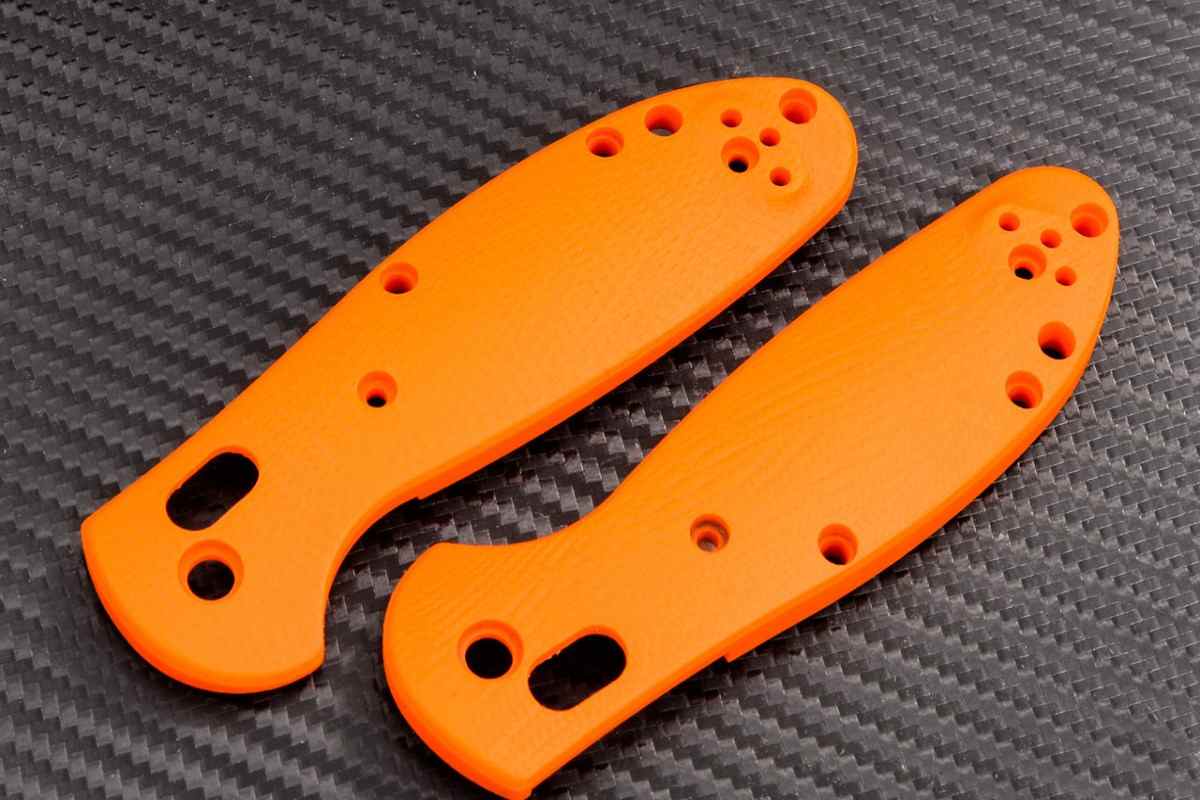
The use of natural materials is more common, but the versatility of synthetic materials allows for a wider range of shapes and colors to be achieved.
The primary purpose of handheld items like pencils, umbrellas, and mobile phones is typically located somewhere other than in our grasp, as is the nature of these items.
The portion that is currently resting in our palm stays hidden and is, for the most part, disregarded.
This holds true in the case of kitchen knives as well, since the blade is the primary feature of these tools (which is also the part farthest from our actual hand placement).
There are countless articles and passionate individuals who discuss which knife blades have the best material, shape, length, and manufacturer.
On the other hand, knife handles do not receive nearly as much attention as other parts of the knife.
But when you consider how much of your time in the kitchen is spent actually holding a knife (which, for the majority of home cooks, is every time you are in the kitchen), the handle becomes an increasingly important component of the knife.
The handle, which accounts for nearly half of the entire knife, is what determines the various grips available, as well as the tool’s durability and overall level of comfort.
Therefore, it is essential to have a knife handle that is the appropriate size for the task at hand, whether you are slicing an apple or preparing a multi-course meal.
The durability and resistance of plastic handles, in addition to their ease of cleaning, are some of their advantages.
A number of knives have a coating that prevents them from slipping, which ensures the user’s safety and comfort even when they are cutting with moist hands or doing a lot of cutting.

You have the option of purchasing a knife that is made of wood or imitation plastic if you really prefer the look of wooden components in your cookware but don’t have the time to properly maintain your knives.
The comfort and ease with which one cuts are both affected by the shape of the handle on the knife. To begin, a handle shouldn’t cause your hands to get tired after prolonged use.
Second, it ought to have an adequate amount of ergonomic design to provide quick, simple, and pleasurable use.
Handles can be found in a wide variety of shapes on the market today, including those that are round, elliptical, or flattened to varying degrees.
When you are in the store, pick up a knife, cradle it in your hand for a few moments, and evaluate whether the form and dimensions of the blade are appropriate for the proportions of your body.
It is important to keep in mind that the length of a handle should not be very short or excessively lengthy because, after prolonged use, your hands will become fatigued.
Plastic
Because of its fast availability, low cost, and ease of maintenance, plastic is likely the synthetic material that is used in the manufacture of the majority of knife handles.
There is a wide variety of plastics accessible, and each composition provides its own unique collection of qualities and characteristics.
Polypropylene and ABS are examples of polymers that have a structure that is both lightweight and high-strength. Due to the ease with which they can be shaped and colored into a diverse range of patterns, they are frequently used in the handles of kitchen knives.
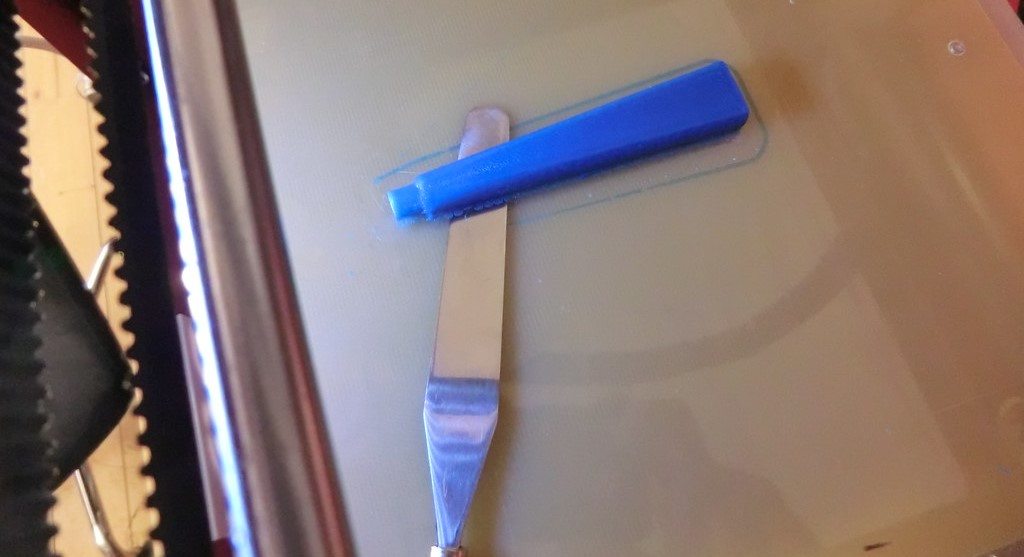
Polyoxymethylene is yet another variety of plastic that, despite its slightly higher cost, serves as a barrier against discoloration and color fading.
Plastic can be easily shaped and combined with other materials (for example, a plastic handle with a rubber grip), it is relatively inexpensive, and it comes in a variety of colors, which is a feature that can help identify specific knives and prevent cross-contamination.
These may be the three benefits of plastic that are the most significant.
Metal Is Another Logical Choice for Knife Handles Durability, strength, and the ease of maintaining metal makes it a natural choice for knife handles.
Because of its smooth surface, the grip on a metal handle can be difficult to maintain, particularly when the user’s hand is moist.
On the other hand, the handles of many knives made of metal often have rough designs or a brushed satin finish, which makes them easier to hold.
In the same vein as blades, stainless steel, aluminum, and titanium are the metals that are utilized most commonly in the production of knife handles. Because of its resistance to rust and corrosion, stainless steel is a popular material.
On the other hand, if the handle does not include a hollow core, a knife made entirely of stainless steel may be too heavy for the typical cook to use.
Titanium is a metal that is less dense, has a higher strength, and has attributes of resistance to corrosion that are comparable to those of stainless steel.
Titanium that is utilized in the production of knives is often alloyed with aluminum and vanadium in order to strengthen its endurance.
Additionally, the titanium may be polished with anodizing (to impart color) or bead blasting, depending on the user’s preference (for texture).
Another metal that is resistant to corrosion and has a low density is aluminum. Aluminum’s weight is somewhere in the middle of that of stainless steel and titanium; it’s heavier than titanium but lighter than stainless steel.
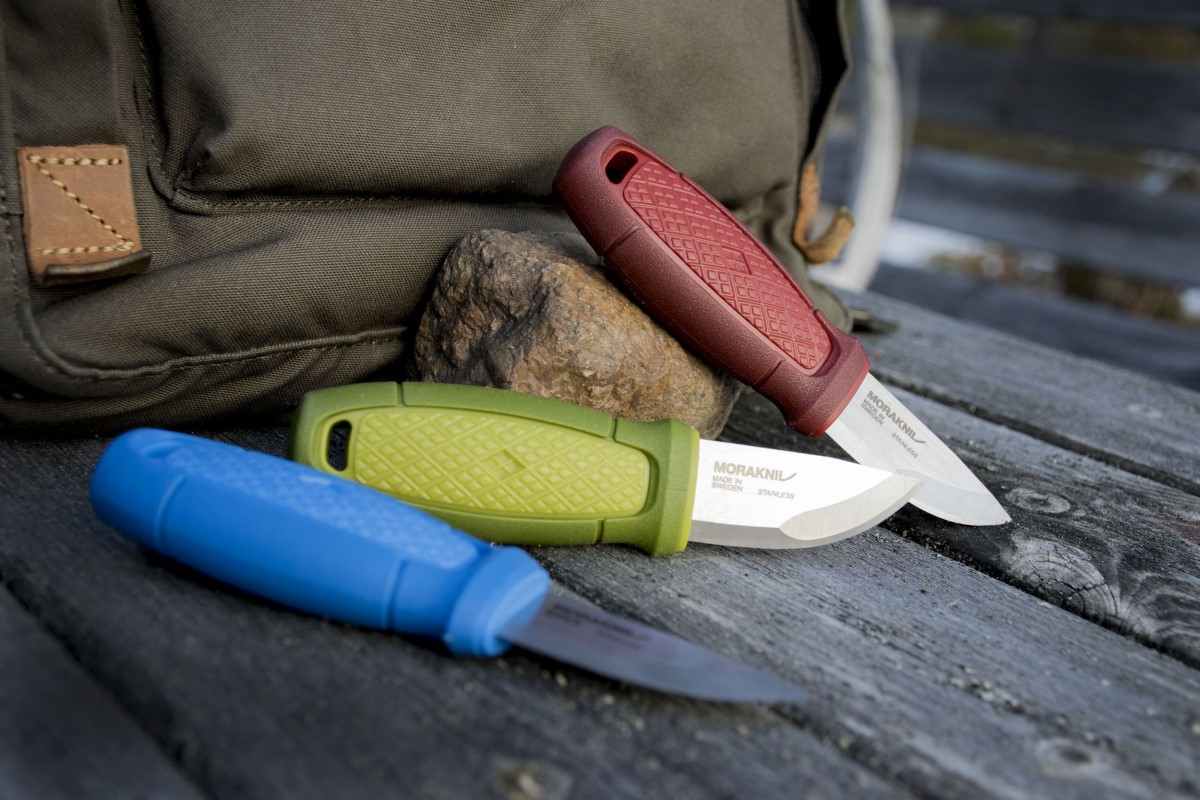
Although it does not has the same level of tensile strength as titanium, its cost is significantly lower.
Elastomers made from thermoplastics (TPE)
TPE is essentially rubberized plastic, which combines the advantages of rubber (grip, texture, and elasticity) and plastic. TPE is also known as a thermoplastic elastomer (high strength, lightweight, and available in a variety of colors).
Because of its superior grip, which remains relatively stable even when wet, TPEs are ideally suited for usage in food preparation areas such as kitchens.
In addition, because handles made of wood or other natural materials can become misshapen if they are not properly maintained, purchasing a high-quality knife with a TPE handle that has a high density and is resistant to temperature extremes will make upkeep a lot simpler.
Everything Is Within Your Reach
Knives are one of the most versatile instruments in the kitchen, and every component of a knife, from the tip of the blade to the handle guard, contributes to the final product by ensuring accurate slicing and chopping.
Even if there are a lot of things that can be mentioned about blades, it is essential that you also think about the handle portion of the knife.
The level of comfort and security provided by a kitchen knife, in addition to its general resilience, is directly correlated to the material used to fashion its handle.
The choice of handle material is ultimately a matter of personal preference, provided that the knife is easy to grip, that the material is long-lasting and resistant to heat, and that the knife has all of these qualities.


